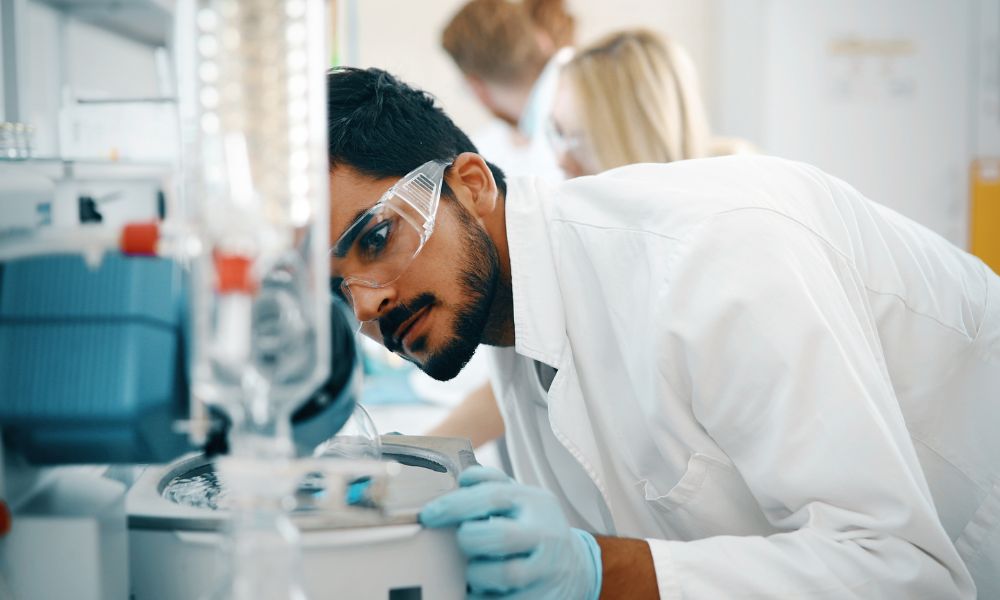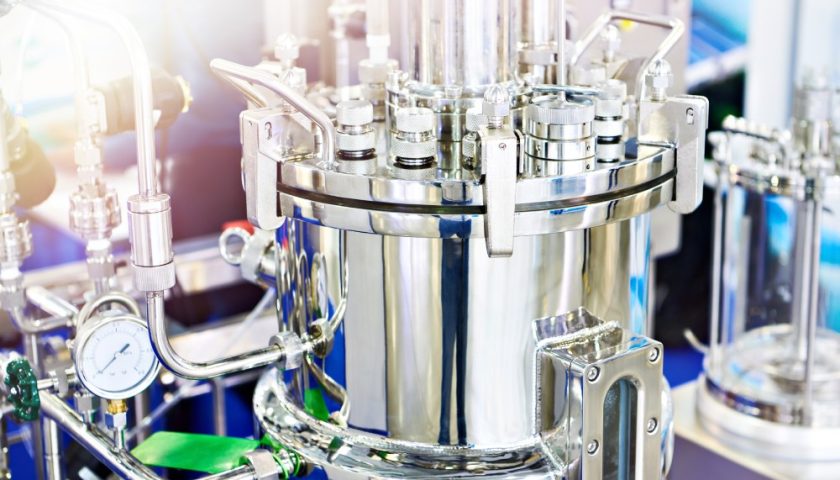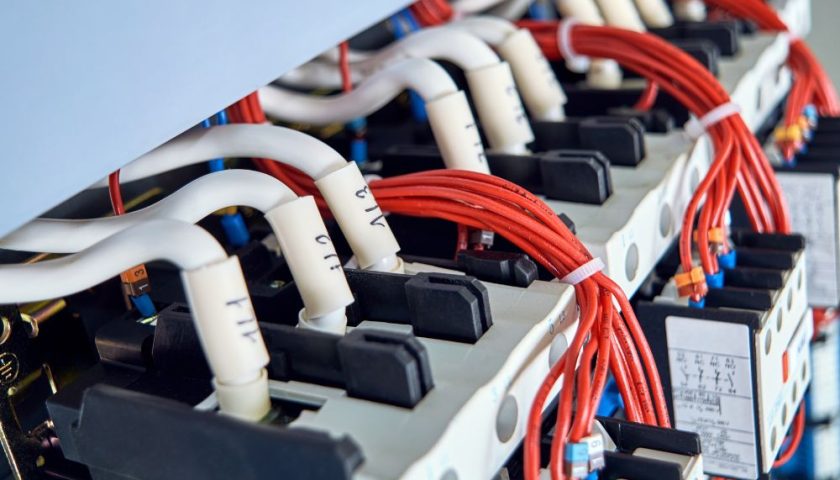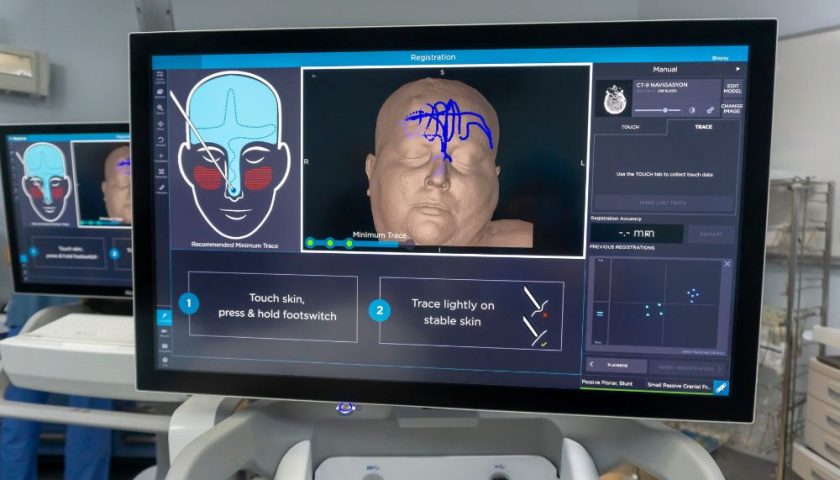When it comes to science, both at the professional and amateur levels, you must do everything possible to eliminate or control variables. Even minor variables can make a significant difference down the line if not properly accounted for. Read on to learn some of the best ways to account for variables in scientific applications.
Create a Controlled Environment
The first step to account for all variables in your experiment is creating a controlled environment. At the highest level, that can mean performing experiments in vacuums where no air, static electricity, or contaminants can interfere with the process. However, most industries and schools don’t have access to this equipment. Instead, you must control the humidity level, temperature, and air circulation, among many other things, to create a controlled environment. It can be difficult to control some of these variables, but doing so is critical for accurate results.
Look From All Perspectives
Some variables you can control, and others are somewhat out of your control. Depending on the nature of your experiment, weather conditions could interfere, or the quality of your materials may vary. You can’t necessarily control these types of variables, but you should account for them in your research.
By accounting for variables like these, you recognize that your scientific applications aren’t perfect. Doing this is critical for ensuring that others modeling their scientific processes after your experiments understand that these variables also exist. The best way to account for variables is to look at your applications from all perspectives. When you look from all perspectives, you can better recognize the variables you can control and the ones that you cannot but must still account for.
Get the Right Equipment
One of the best things you can do to recognize and account for different variables in your scientific applications is to get the right equipment. If you are using cheap or out-of-date equipment, you will encounter discrepancies that can be disastrous farther down the line.
For example, if you use a laser system in your different scientific applications, you must account for factors like rise time. Thankfully, the relationship between analog bandwidth and rise time is relatively straightforward, and with a properly equipped laser diode driver, you can easily determine what your system can support. Conducting calculations like this is critical for these applications so you remain within the appropriate data ranges, and you need the proper equipment to do so.
These are the best ways to account for variables in your scientific applications, and by accounting for these variables, you are ensuring more accurate results. These variables, if left unchecked, can result in inaccurate or false data. Accounting for variables is the best way to verify your results.





